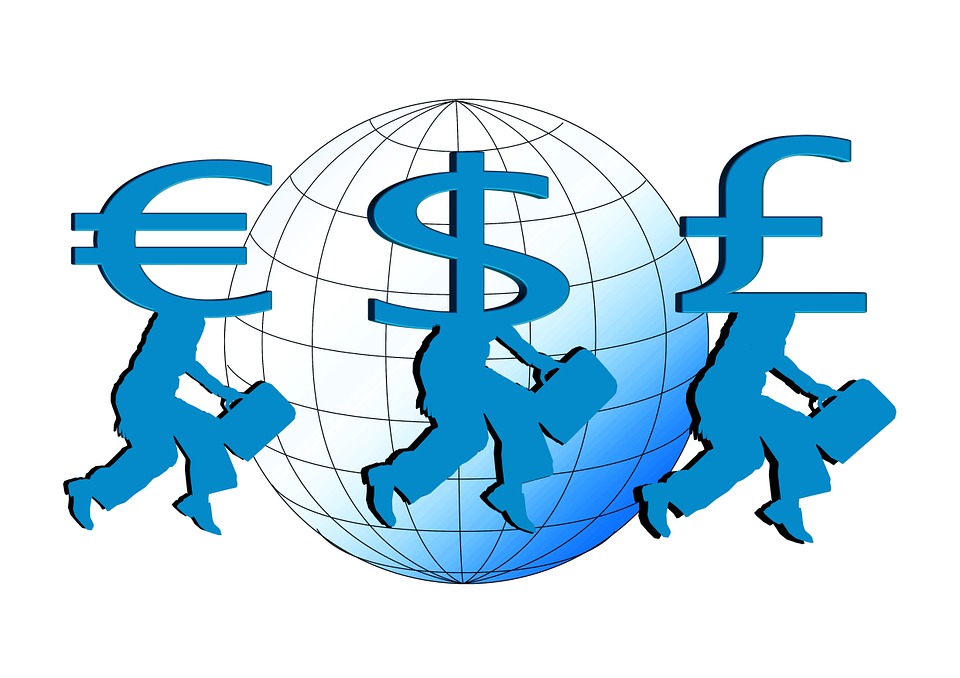UK economy got a sharp one-off boost in the first three months of 2019, official figures showed on Friday, as manufacturers rushed to deliver orders before a Brexit that never came.
Gross domestic product grew at a quarterly rate of 0.5% in the first quarter of 2019 after a sluggish 0.2% in late 2018, in line with expectations from the Bank of England as well as the consensus forecast in a Reuters poll of economists.
Year-on-year GDP growth picked up to an 18-month high of 1.8% in early 2019, up from 1.4% in the last three months of 2018, Britain’s Office for National Statistics said.
Sterling was little changed by the figures, which showed household spending continued to fuel the economy as businesses grappled with Brexit uncertainty.
“The relatively strong growth figures for Q1 may just be a flash in the pan,” said Tej Parikh, an economist at the Institute of Directors.
“Some businesses brought activity forward early this year in preparation for leaving the EU, so higher stocks and earlier orders have artificially bumped up the growth numbers.”
In the event, with just days to go before Britain was due to leave, Prime Minister Theresa May asked the EU for more time to negotiate a deal. Brexit has now been delayed until Oct. 31 unless there is an early agreement.
Finance minister Philip Hammond said the data showed the economy remained robust.
The ONS said factories rushed to complete orders ahead of the original March 29 Brexit deadline, spurring a 2.2% jump in output in the first quarter and marking the sector’s biggest contribution to overall economic growth in nearly 20 years.
Previous private-sector business surveys had shown manufacturers reported building up stocks of goods in case the country left without a transition deal, which they feared could cause chaos at Britain’s borders.
The ONS data showed businesses bought an extra 4.6 billion pounds ($6.0 billion) worth of stocks in the first quarter, the biggest increase since late 2016, which statisticians said added 0.7 percentage points to the first-quarter growth rate.
However, some sectors – such as car dealers, wholesalers and warehouses reported relatively little stockpiling.
Net trade took a record 2.2% off the quarterly rate of GDP growth and Britain’s first-quarter trade deficit hit a record high 18.3 billion pounds, although the severity of the drag reflected imports of gold and vehicles which often cause big swings in the data.
Last week BoE Governor Mark Carney said he expected growth to fall back to 0.2% during the current quarter as the one-off boost from stock-building faded and businesses continued to hold off from investment as economic uncertainty lingers.
However, Friday’s ONS data unexpectedly showed a return to growth for business investment in the first three months of the year, after contracting for every quarter of 2018.
Britain’s economy has slowed since June 2016’s vote to leave the EU, with annual growth rates dropping from more than 2% before the referendum to expand by 1.4% last year.
The euro zone’s economy expanded by 0.4% in the three months to March, rebounding from a patch of sluggish growth in the second half of 2018 caused by global trade tensions and regulatory problems for the auto industry.
In March alone, Britain’s economy unexpectedly contracted by 0.1%, pulled down by a dip in construction and weakness in the services sector that accounts for most economic output, versus expectations for an unchanged reading in a Reuters poll.
Editing by Toby Chopra
Source: UK Reuters

